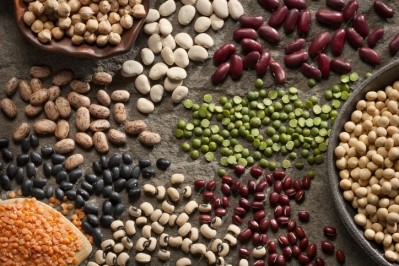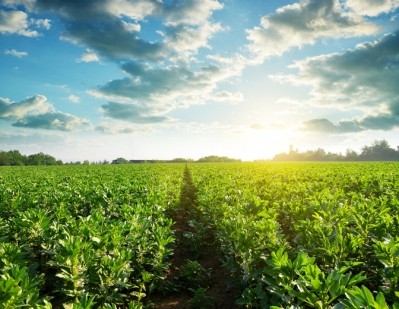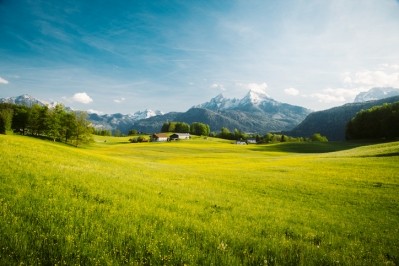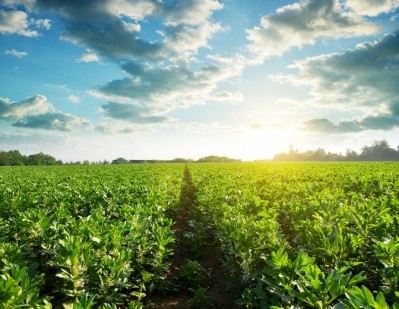Denmark could be self-sufficient in protein with 500,000 hectares of grassland
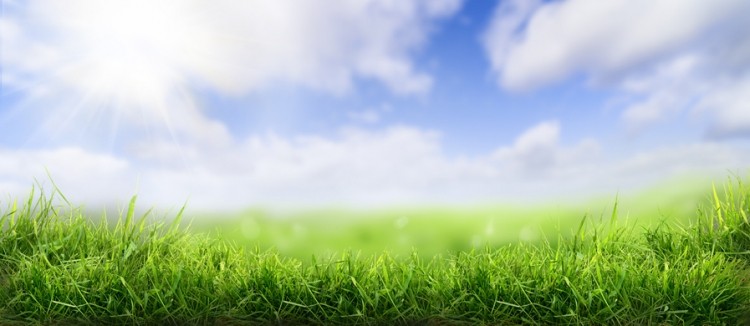
This will require substantial efforts, political will and investment, but is not unrealistic, Uffe Jørgensen, head of Aarhus University’s Centre for Circular Bioeconomy (CBIO), told FeedNavigator.
“We believe that breeding efforts on protein content and extractability for biorefinery in both grasses and legumes as well as management optimizations can further increase yield potential over the next decade or so. Then we also expect to see increased biorefinery efficiency. Together this will mean that only approximately 500,000 hectares is needed for soy replacement,” said Jørgensen.
The million-hectare question
The team at Aarhus University was asked by Denmark’s Ministry of Food and Environment to investigate how much grassland area would be needed in order to replace imported soy for feed after this question was raised in Parliament.
“As we are still improving our knowledge and technologies in this area it was difficult to answer conclusively; therefore we set up four scenarios to show what range it could be within,” explained Jørgensen.
The researchers worked on the assumption that annually, Denmark imports just over 1.5m tons of soybean meal, which equates to approximately 705,000 tons of protein (the protein content of soybean meal is 45-48%).
With current grass production levels and the current biorefinery status, the researchers calculated that 979,000 of Denmark’s 2.6m hectares of agricultural land would be needed to end its reliance on soybean imports.
“This is a very high share and a larger area than the soy producing area that delivers our import, which is estimated at approximately 760,000 hectares,” said Jørgensen.
Current grass production is geared towards feeding cattle, with the focus on dry matter yields and digestibility, rather than on its suitability for protein extraction. Its protein content varies between 15 and 25% (the researchers took 18% as the average) and it currently yields on average 10 tons of dry matter and 1.8 tons of crude protein per hectare.
A shift in focus needed
However, Jørgensen said that selection of more productive grass species and optimized fertilization for supplying biorefineries rather than cattle feed production could improve output and reduce the land requirement to approximately 734,000 hectares.
Evaluating different grass species, the researchers found that tall fescue and festulolium provided higher productivity in terms of dry matter and total crude protein per hectare than perennial ryegrass. Jørgensen said that by means of biorefining, the protein is easily extracted from the grass and the remaining fiber fraction can be used as cattle feed.
“We still need to test the feed quality of the fiber fraction from these two species, but we expect that the mechanical treatment increases digestibility,” he noted.
Conversion to more high-yielding grass and clover species in tandem with new cultivation practices could produce grass with a 20% average protein content, that yields 14 tons of dry matter and 2.8 tons of crude protein per hectare, according to the research.
More efficient refineries
Whilst this would represent an improvement in land use efficiency on the present-day scenario, the researchers are convinced there is scope for greater gains to be gleaned through increased biorefinery efficiency.
By processing grass in a biorefinery, 40% of the protein can typically be extracted. If the efficiency of protein extraction can be increased, the area requirement can be reduced to just over 500,000 hectares, estimate the researchers.
Today Danish grassland totals approximately 300,000 hectares, which means an additional 200,000 hectares of extra grassland is needed to meet this projection.
However, Jørgensen’s prediction is that some of the replacement protein will come from sources other than grass.
“Faba beans, rapeseed cake and other more locally sourced protein sources will probably also contribute,” he said.
“To replace the total import we anticipate a need for 200-300 decentralized biorefineries across Denmark, 100-200 for a partial substitution. All of this depends on how the situation develops and what size of refinery proves to be optimal,” he added.
He confirmed that the first two refineries are being built during 2020/21 by commercial consortia with public support and said that there “may be more in the pipeline”.
The response [which is only available in Danish] can be downloaded here.
